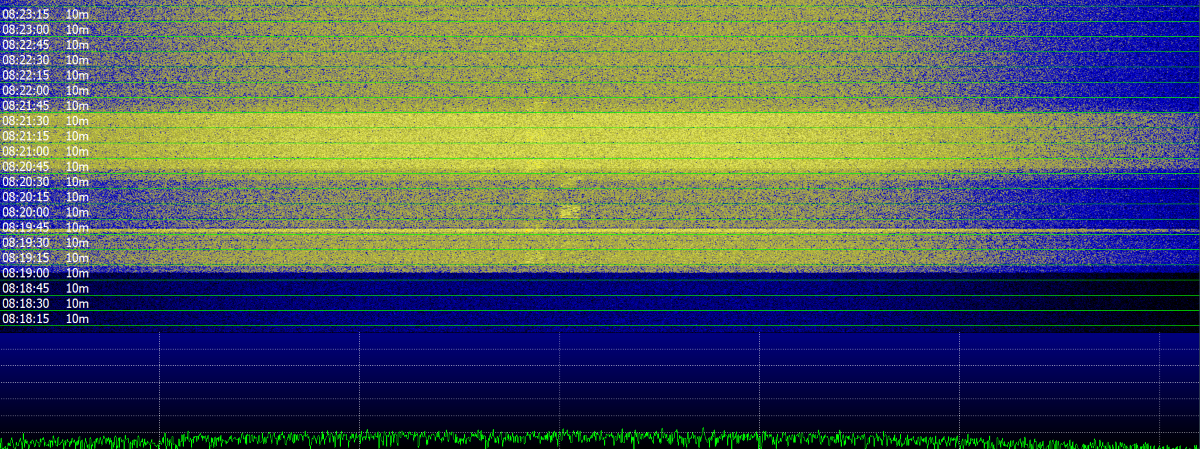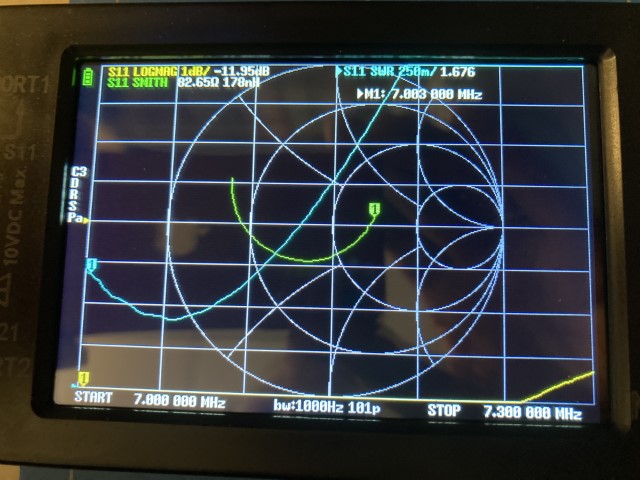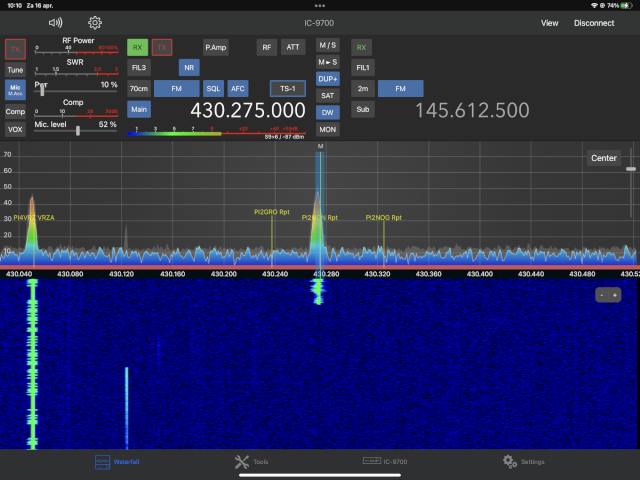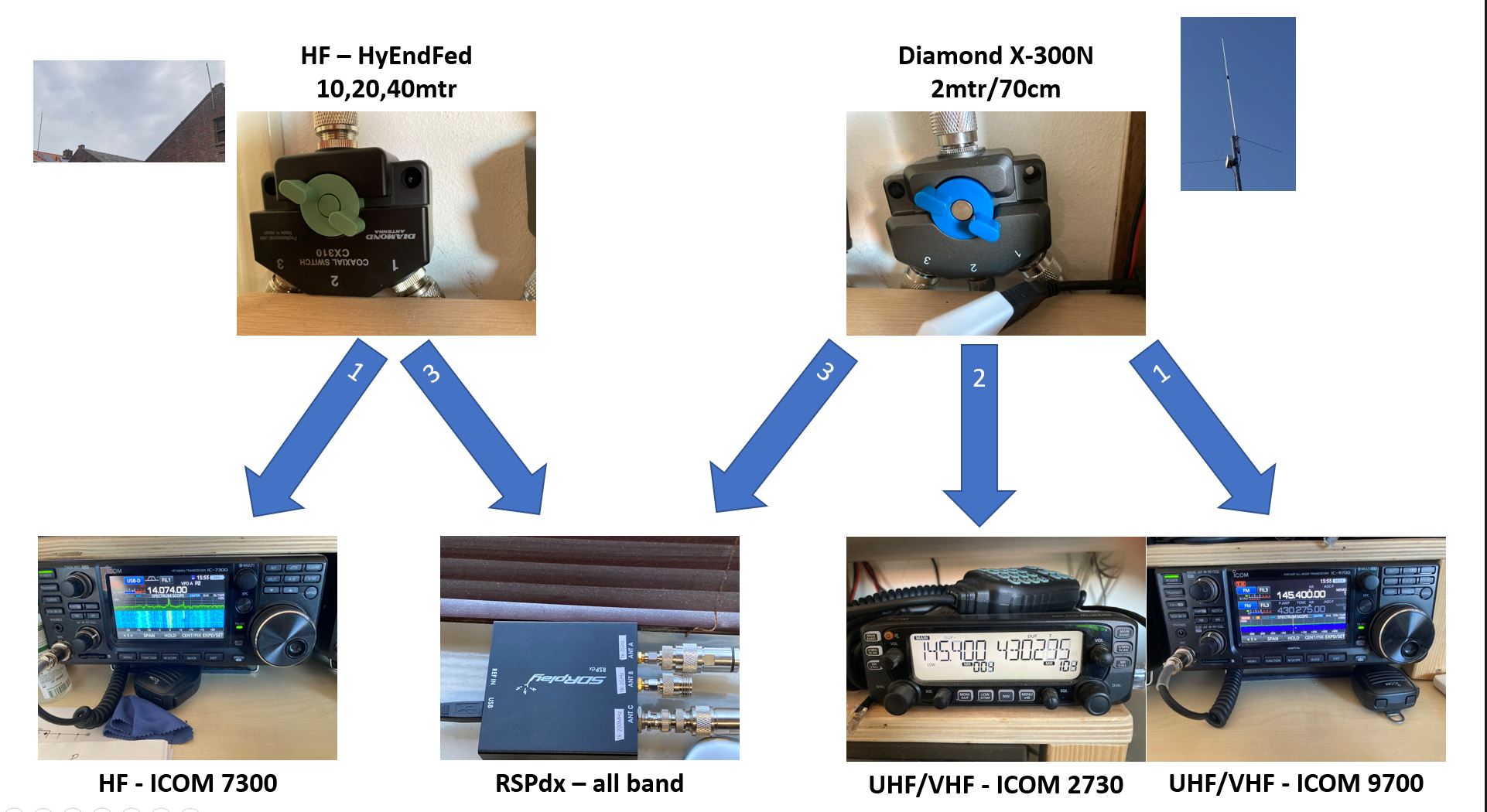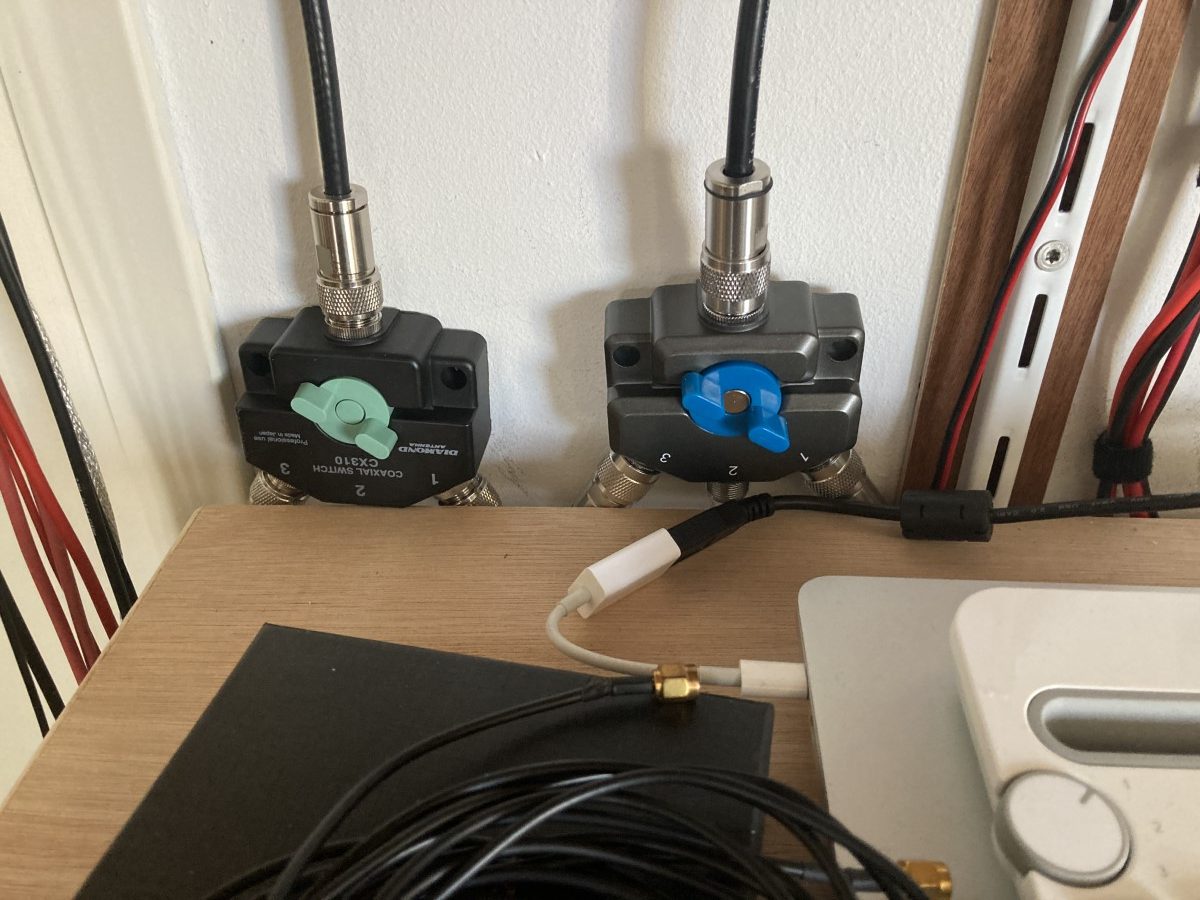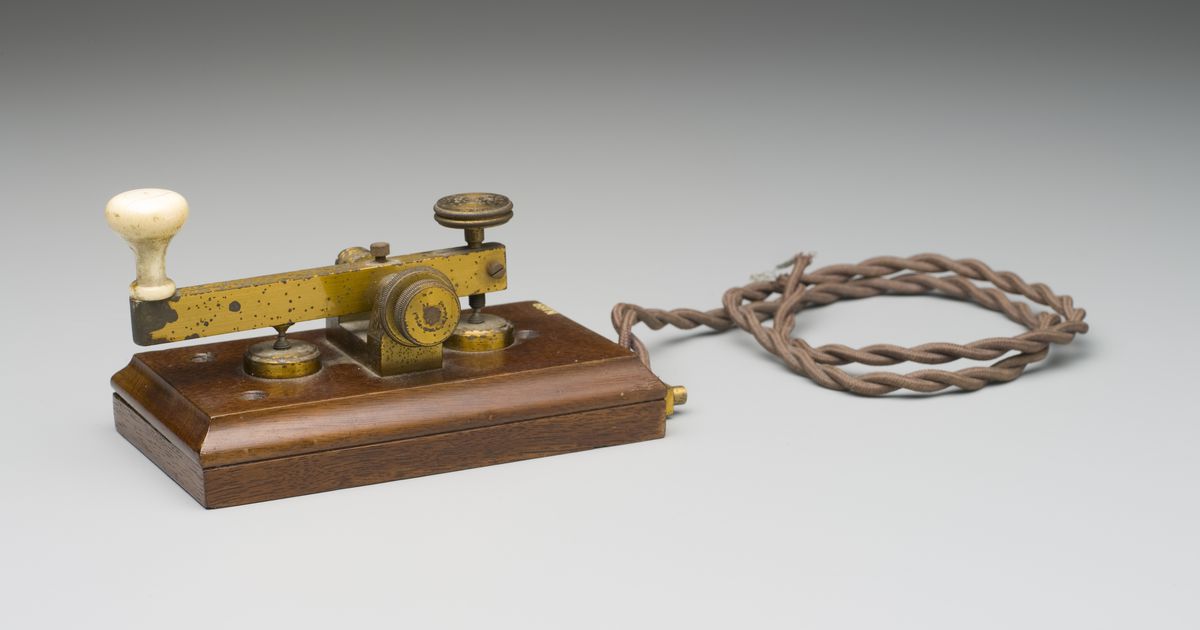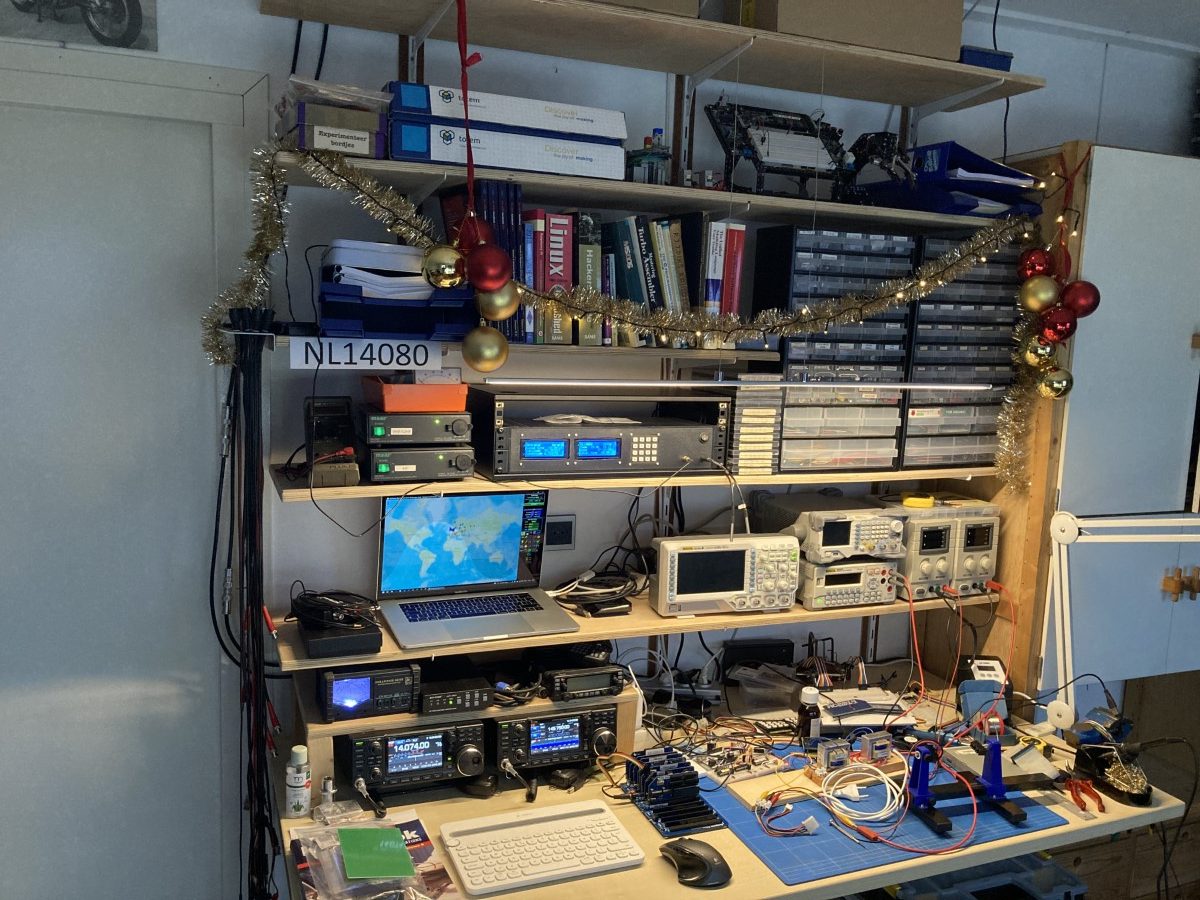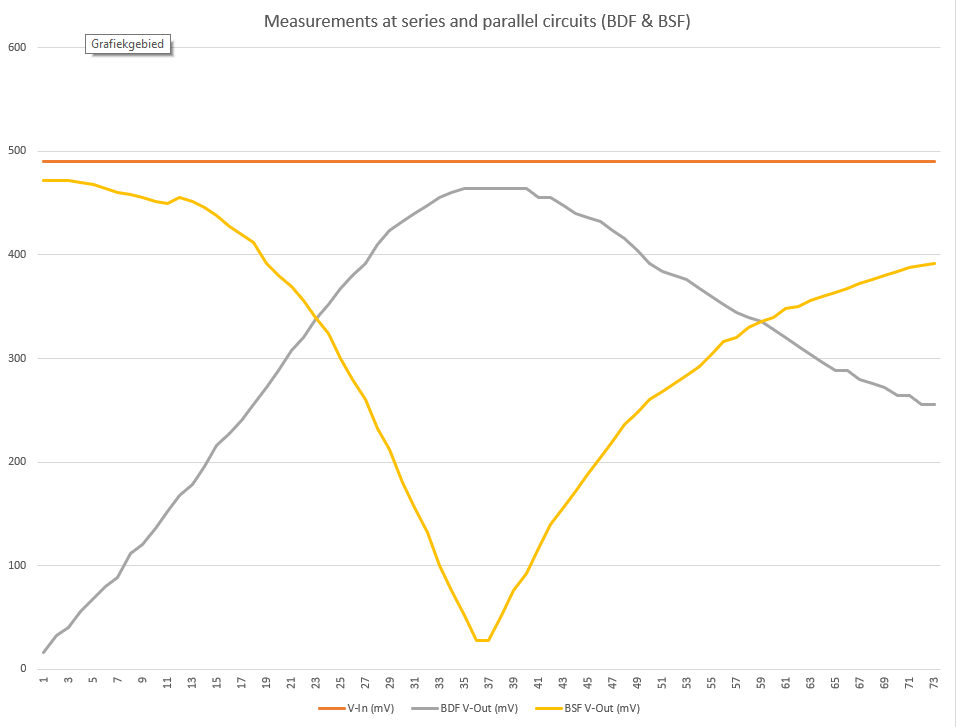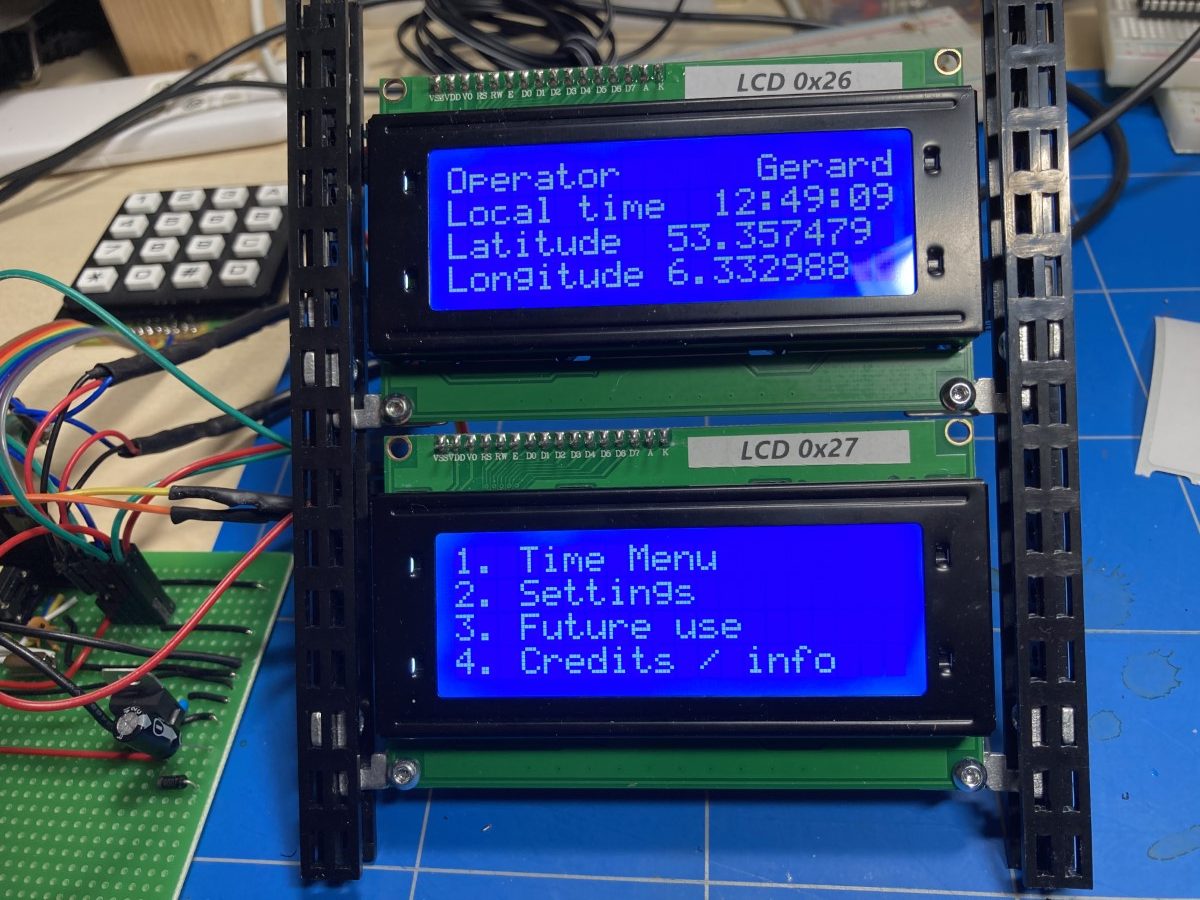
HAM-gadget (7) – smaller enclosure
I decided to rebuild my HAM gadget. The enclosure I used, being a 19 inch rack enclosure, was way to big for the functionality it offers. So I took the guts out and purchased a more suitable housing. This exercise also needed a change in the software, because one screen… Read the rest


